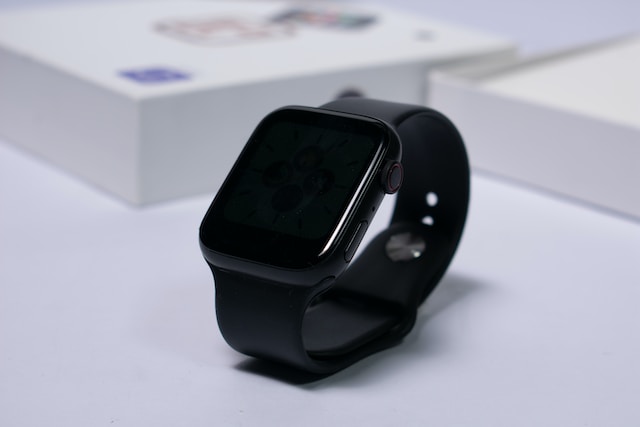The Future of Wearable Technology: What to Expect in the Next Five Years

Wearable technology is changing quickly. It is becoming more advanced and more popular. In the next five years, we can expect many exciting developments. This article explores what to expect from wearable tech in the near future.
1. Health Monitoring
One of the biggest areas of growth in wearable technology is health monitoring. Currently, many devices track basic health metrics. They can measure heart rate, steps, and sleep patterns. In five years, we will see much more.
New devices will be able to monitor blood pressure and blood sugar levels. This will help people with chronic conditions manage their health better. Wearables will also track stress levels and hydration. They will provide real-time feedback. This information will help users make healthier choices throughout the day.
Wearable technology will also use artificial intelligence (AI). AI can analyze data and provide personalized insights. This will help users understand their health better. It will also alert them to potential health issues before they become serious.
2. Smart Clothing
Smart clothing is another area to watch. Today, we have fitness trackers and smartwatches. But soon, we will wear clothes that do much more.
These clothes will have sensors built into the fabric. They will monitor heart rate, temperature, and even muscle activity. Athletes can use this information to improve performance. Regular users will benefit from better health insights.
Smart clothing will also be more comfortable. Designers will create fashionable options that people want to wear. These clothes will be stylish and functional. This will encourage more people to adopt wearable technology.
3. Enhanced Connectivity
Wearable devices will connect better with other technology. Right now, many wearables work with smartphones. In the future, they will connect with other smart devices at home. For example, wearables could sync with smart fridges or health apps.
This connectivity will create a seamless experience. Users will have all their data in one place. They can monitor their health and smart home devices easily. This integration will simplify daily life.
Wearables will also support more applications. This means they can do more than just track fitness. Users can receive notifications, control music, and even make payments directly from their devices.
4. Augmented Reality (AR) and Virtual Reality (VR)
Augmented reality (AR) and virtual reality (VR) are becoming more popular. Wearable devices will play a big role in these technologies. In five years, we can expect to see AR glasses and VR headsets that are more advanced.
AR glasses will overlay information onto the real world. They can help with navigation, gaming, and education. For example, you can get directions while walking or learn new skills with interactive tutorials.
VR headsets will provide immersive experiences. They can be used for gaming, training, and even therapy. Wearables will make these experiences more accessible and affordable.
5. Focus on Privacy and Security
As wearable technology becomes more common, privacy and security will be important. Wearables collect a lot of personal data. This data needs to be protected.
In the next five years, we can expect improvements in security measures. Companies will invest in better encryption and data protection. Users will have more control over their information. They will be able to choose what data to share and with whom.
Additionally, regulations around data privacy will become stricter. Companies will need to comply with these regulations. This will help build trust with users.
6. Battery Life and Charging Solutions
Battery life is a concern for many wearable devices. Users want their devices to last longer without frequent charging. In the next five years, we can expect significant improvements in battery technology.
New batteries will be more efficient. They will hold a charge longer and charge faster. This means users can rely on their devices for longer periods. Innovative charging solutions, like solar power or kinetic energy, may also become available.
7. Focus on Mental Health
Mental health is gaining attention in society. Wearable technology will help support mental wellness. In the future, wearables will monitor stress and anxiety levels.
Devices will offer guided breathing exercises and meditation sessions. They will provide reminders to take breaks and practice self-care. This focus on mental health will help users improve their overall well-being.
8. Customization and Personalization
Personalization is a growing trend in technology. In wearable devices, this means users can tailor their experience. In five years, wearables will offer more customization options.
Users will be able to change watch faces, layouts, and features. They can choose which notifications to receive and how they want their data displayed. This personalization will make devices more user-friendly.
Conclusion
The future of wearable technology is bright. In the next five years, we can expect exciting advancements in health monitoring, smart clothing, connectivity, AR/VR, privacy, battery life, mental health support, and personalization. As technology evolves, it will become more integrated into our daily lives. Wearables will help us monitor our health, stay connected, and improve our overall quality of life.
Embracing these changes will require an open mind. Users must be willing to explore new possibilities. With these advancements, wearable technology will change how we live, work, and interact with the world around us. The future is here, and it looks promising.




